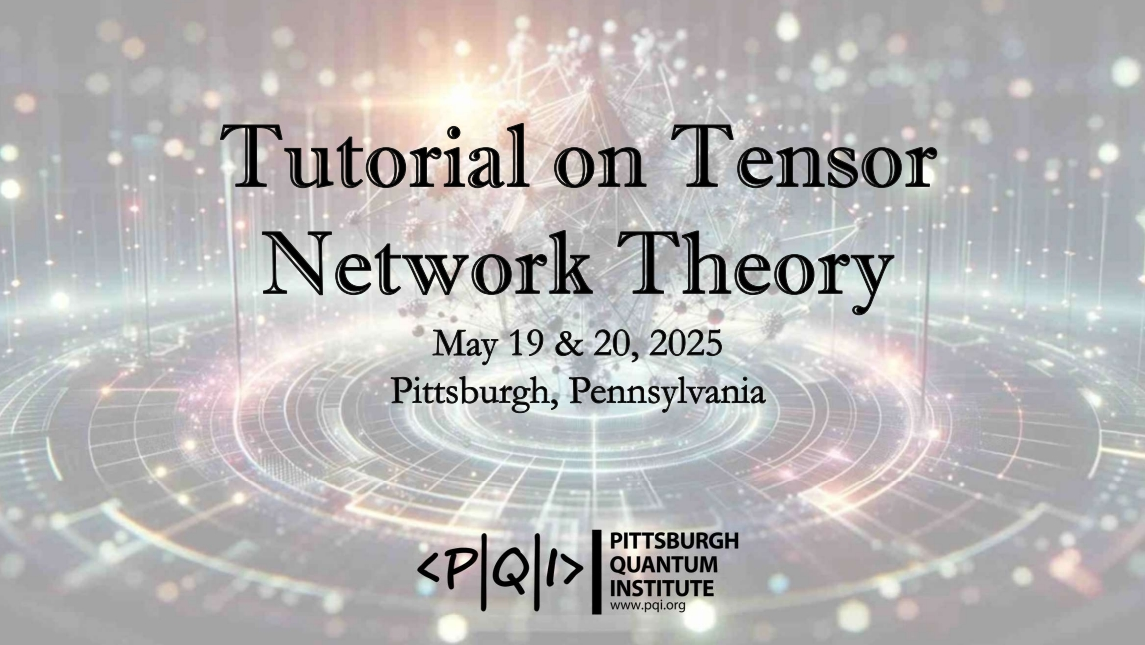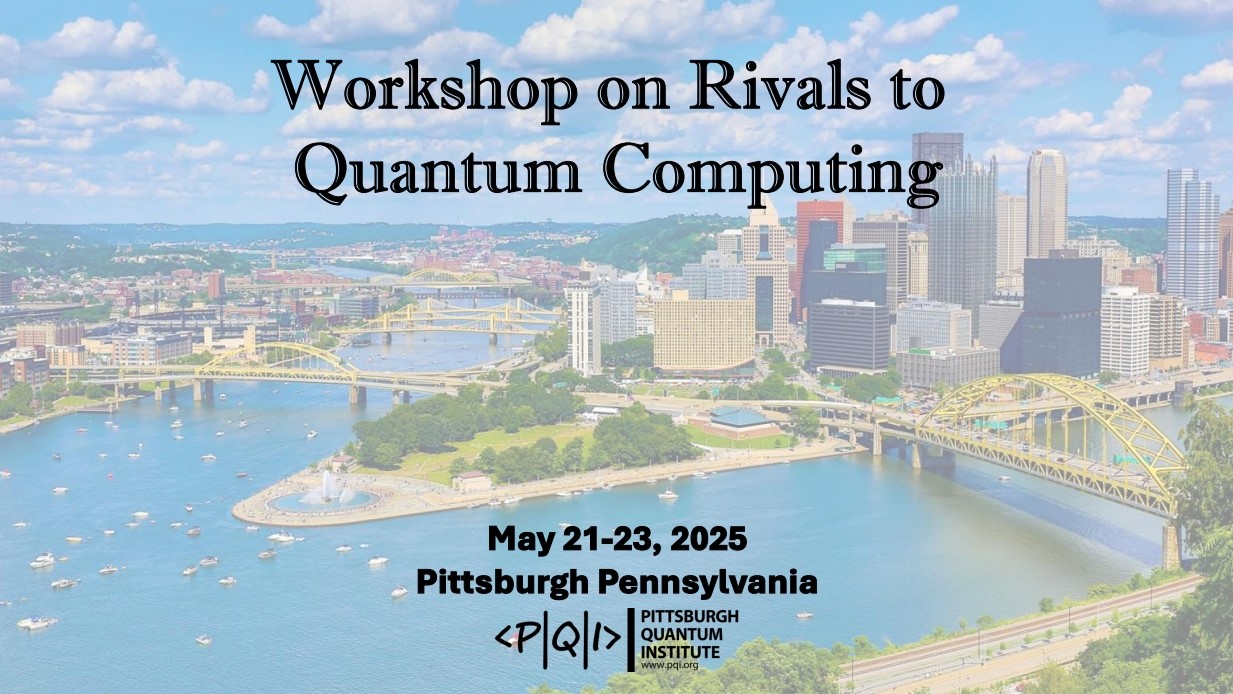May 19-20, 2025
Teachers:
Juan José Mendoza Arenas, University of Pittsburgh
Michael Lubasch, Quantinuum
Overview:
Large-scale computational simulations currently lead the research efforts in several fields of science and engineering. A common bottleneck is that exact simulations of systems of interest exceed the capabilities of even the most powerful supercomputers. One of the most effective strategies to address this issue, originally developed to simulate many-body quantum systems, is known as tensor network methods. Tensor networks provide efficient and controllable approximations of the states and observables of quantum systems containing many particles. Their remarkable success in condensed-matter applications has inspired researchers to apply them in diverse fields, including chemistry, fluid dynamics, machine learning, and quantum computing. As a result, tensor networks are poised to become the reference computational methods for numerous applications in the near future.
This tutorial aims to offer a comprehensive introduction to tensor networks, accessible to participants with a variety of backgrounds, and to showcase some of their cutting-edge research applications. Using basic notions of linear algebra, the core ideas of tensor networks—such as their graphical representations, matrix product states (MPS), matrix product operators (MPO), and the operations associated with them—will be introduced. Then, the most important tensor network methods—namely DMRG, TEBD, and TDVP—will be presented in a general framework. These concepts will initially be applied to the simulation of many-body quantum systems. Subsequently, recently proposed applications in solving partial differential equations (particularly in fluid dynamics) and as programming paradigm for quantum computing will be discussed.


